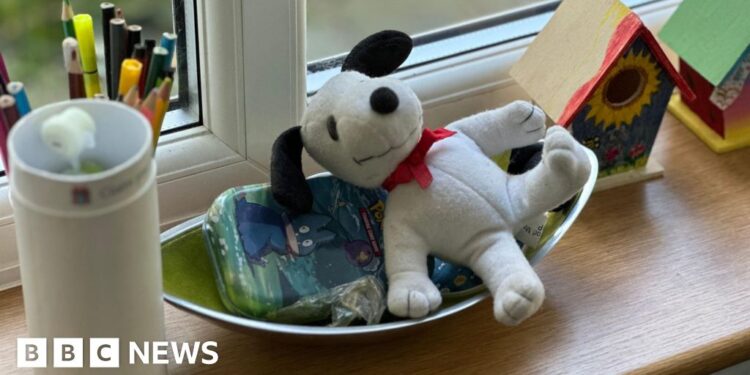Alison HoltSocial affairs editor and
James Melley and Judith Burns
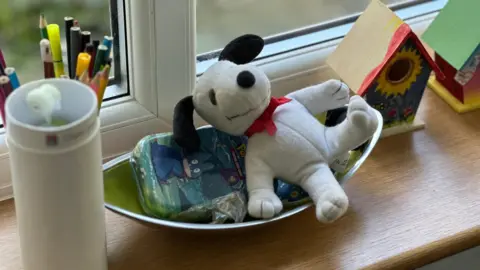 BBC
BBCThe cost of residential care for vulnerable children in England has nearly doubled in five years but many children still do not receive appropriate care, says a report from the independent public spending watchdog.
The National Audit Office (NAO) says councils on average spent £318,400 on each child placed in a children’s home in the year ending March 2024.
But these huge sums do not represent value for money, the report concludes.
“I do not know where the money is being spent,” says Ezra Quinton, now 20, who recalls smashed windows and broken glass in the showers of one of the care homes he was placed in.
Ezra, who now works for Become, a care leavers’ charity, first went into care aged nine.
Originally from Greater Manchester, he remembers being moved to a different home every few months, often many miles from where he originally lived.
He thinks he had up to 60 different placements and although he has spent most of his life in Salford and Stockport, he has lived in Wales, Liverpool, Crewe and Leeds.
His education was considerably disrupted but he did achieve C grades in all of his GCSEs.
At one home the windows were boarded up because of smashed windows.
“We were told to wear shoes if we wanted to shower because they didn’t clean up the glass properly,” he told BBC News.
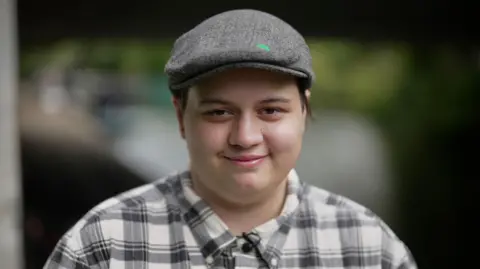
The NAO report found rising costs were driven by a record number of children in care, the increasing complexity of their needs – and a profit driven market.
In 2023-24 councils spent £3.1bn on residential placements, in a market the report describes as “dysfunctional”.
It says councils are struggling to find enough appropriate placements, arguing that this allows many private care providers to cherry pick the children they take, based on how much support they need and how much profit this allows.
The report draws on previous research which showed the 15 largest providers of children’s homes making average profits of more than 22%.
Report author Emma Wilson says several factors contribute to rising costs but with the overwhelming majority (84%) of children’s homes run for profit: “It’s really important to get right that balance between supply of available care home places and demand.”
She wants the Department for Education to do more to oversee a market which she says is failing children in residential care.
“The NAO report concludes that the system of residential care for looked after children is not delivering value for money. On the one hand, costs have doubled to over three billion in the last five years, whilst many children are not in appropriate settings,” Ms Wilson told BBC News.
The report highlights how in March 2024 two thirds of children in residential care were in homes outside their local authority and almost half (49%) were more than 20 miles from home.
The Department for Education said in a statement: “Vulnerable children across the country have long been let down by years of drift and neglect in children’s social care, which this report lays bare.”
It added that it was “driving the largest ever reform of children’s social care” to “break the cycle of crisis for children” – pointing to its planned recruitment of more family help workers and new legislation aimed at ending profiteering in care homes.
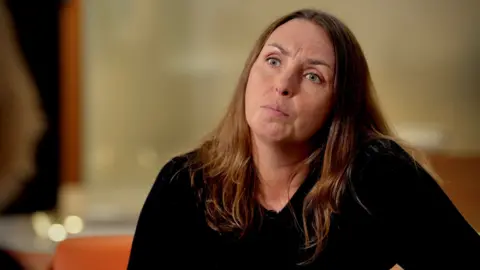
Claire Bracey, interim chief executive of Become, says the report “is once again lifting the lid on the extortionate profits that are being made from providing homes for our most vulnerable children”.
“This market failure is leading to the most unforgivable failure [for] the futures of the children in our care…
“Children in care can’t wait. Urgent steps must be taken now,” she argues.
But some small, privately run, children’s homes insist they don’t make excessive profits.
Sara Milner, who set up Cherry Wood children’s home in Surrey four years ago, after a career in local authority care, says staffing accounts for 80% of costs.
“The fees we charge the local authority are reflective of our direct costs and we make moderate margins… but obviously we have to be able to make profits to be a viable business and to offer security for the young people’s future which is obviously really important when you’re doing this type of work,” she told BBC News.
With demand for places high, she had also hoped to invest in a second children’s home, but says current pressures, including rising costs and difficulties recruiting staff, mean that has been delayed.
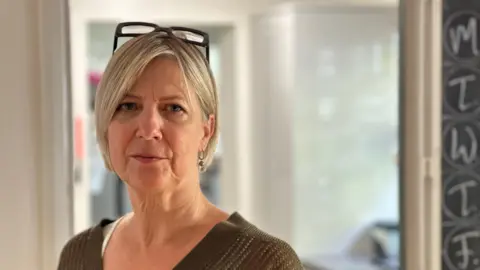
The government has already said it plans to limit the profits private companies can make, however the Children’s Homes Association, which represents providers paying tax in the UK, argues that council-run homes can in fact be more expensive.
“We know that official data shows that local authority costs are higher,” said the association’s chief executive Mark Kerr.
“So if there’s a value for money question then the independent sector arguably demonstrates more value for money than local authorities,” he added.
Source link : https://www.bbc.com/news/articles/c4gj93d57pjo?at_medium=RSS&at_campaign=rss
Author :
Publish date : 2025-09-12 04:17:00
Copyright for syndicated content belongs to the linked Source.

